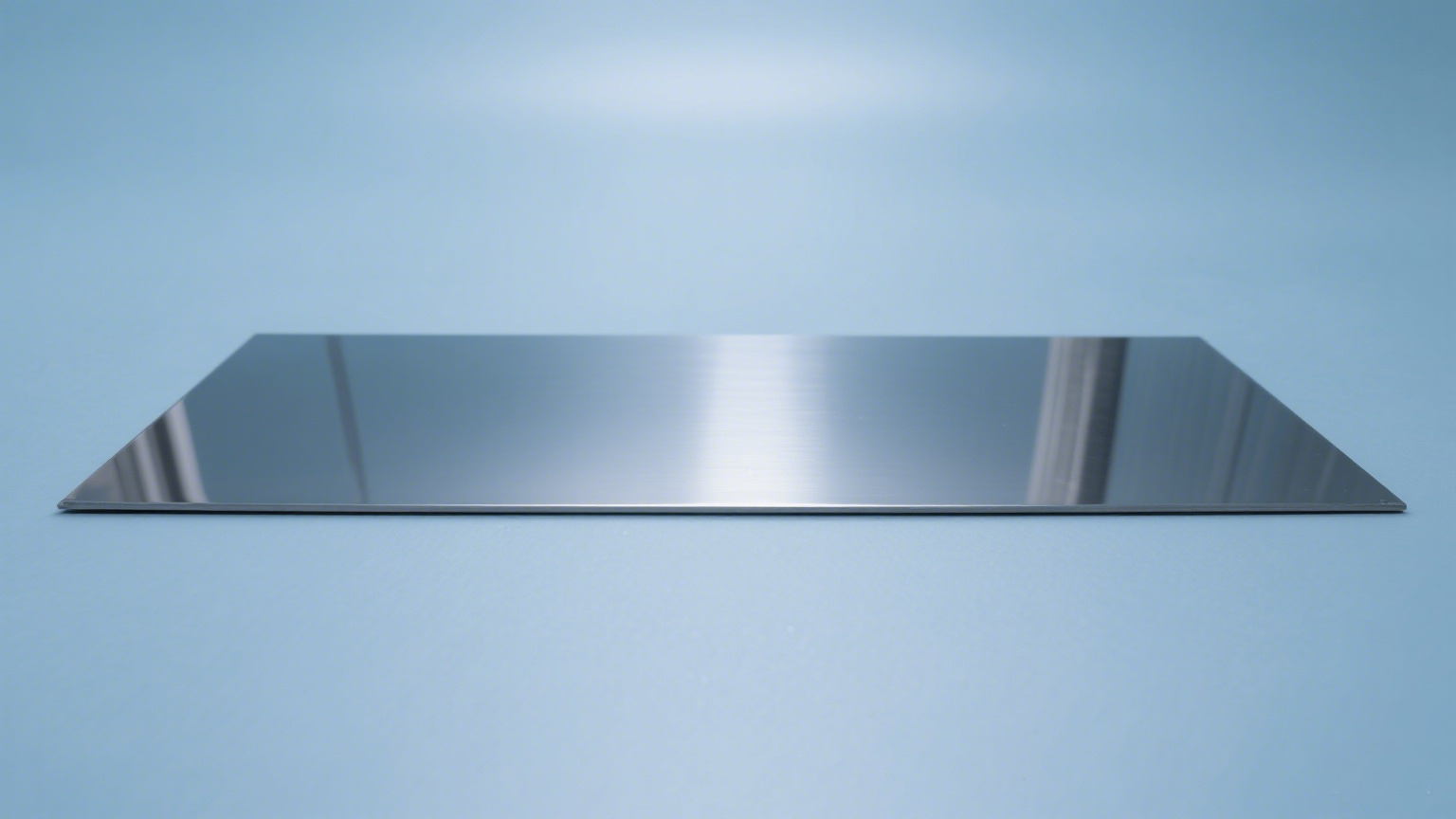Stainless steel plate: The shining star of modern industry
On the vast stage of modern industry and daily life, stainless steel plates undoubtedly stand out as a dazzling star, with their outstanding performance and wide range of applications profoundly influencing and changing our world.
Jul 09,2025

On the vast stage of modern industry and daily life, stainless steel plates undoubtedly stand out as a dazzling star, with their outstanding performance and wide range of applications profoundly influencing and changing our world.
Stainless steel plates are essentially an alloy steel that is resistant to rust. Their main components include iron, chromium, nickel, and other elements. Among them, the chromium element is the key factor that enables stainless steel plates to have excellent corrosion resistance. When the chromium content reaches a certain proportion, a dense and stable passivation film will form on the surface of the steel plate. This passivation film is like a loyal guard, effectively separating the metal from the corrosive media outside, significantly slowing down the rate of oxidation and corrosion of the steel plate. However, it is important to note that "resistant to rust" does not mean "absolutely no rust". When this passivation film is damaged due to external force or being exposed to extremely harsh corrosive environments for a long time, the anti-corrosion ability of the stainless steel plate will decrease, and rust may occur.
From the perspective of classification, stainless steel plates come in a wide variety. Based on the differences in their organizational structure, they can be divided into several major types: austenitic, ferritic, martensitic, and austenitic-ferritic (dual-phase) types. Austenitic stainless steel plates, such as the common 304 and 316, have good plasticity, toughness, and excellent corrosion resistance, and are widely used in fields such as food processing, medical equipment, and architectural decoration that require high comprehensive performance of materials. Ferritic stainless steel plates, like type 430, have higher hardness and play an important role in some occasions that require hardness and wear resistance, such as the manufacturing of automotive exhaust pipes. Martensitic stainless steel plates, such as type 410, have high strength and hardness and are often used to manufacture tools, springs, etc. Dual-phase stainless steel plates combine the advantages of austenitic and ferritic types and perform well in stress corrosion resistance, suitable for some special industrial environments, such as marine engineering.
In terms of performance, stainless steel plates perform extremely well. Their corrosion resistance is the best among many metal materials, being able to remain stable in various corrosive media such as acids, alkalis, and salts, making them indispensable materials in industries such as chemical engineering and pharmaceuticals. At the same time, stainless steel plates also have high strength and good plasticity, capable of withstanding large external forces without cracking, and can be made into various complex shapes through cold bending, stretching, etc., meeting the diverse needs of different fields. Additionally, stainless steel plates have good welding performance, allowing for convenient connection with other metal components, further expanding their application scope. In some special application scenarios, some stainless steel plates also have special properties such as high-temperature resistance, low-temperature toughness, and non-magnetism, providing possibilities for their application in high-end fields such as aerospace and electronic equipment.
The application areas of stainless steel plates are extremely extensive, covering almost every aspect of our lives. In the construction field, stainless steel plates are widely used for exterior decoration of buildings, such as facades, doors and windows, railings, etc., not only enhancing the aesthetic appeal of buildings but also due to their excellent weather resistance, they can maintain a bright appearance for a long time and reduce maintenance costs. At the same time, in building structures, stainless steel plates are used as supporting components to ensure the stability and safety of buildings. In industrial production, stainless steel plates are ubiquitous. Reaction vessels and storage tanks in the chemical industry, processing equipment and transportation pipelines in the food and beverage industry, surgical instruments and medical equipment shells in the medical industry, etc., all cannot do without the presence of stainless steel plates. In daily life, stainless steel plates made into tableware, kitchenware, furniture, etc., are favored by consumers for their beauty, durability, and easy cleaning.
With the continuous advancement of technology and the continuous development of society, stainless steel plates are also constantly innovating and upgrading. On one hand, researchers are striving to enhance the performance of stainless steel plates by optimizing the alloy composition and production processes. They aim to develop varieties of stainless steel plates with higher strength, better corrosion resistance, and superior processing performance. On the other hand, with the increasing awareness of environmental protection, the production of stainless steel plates also pays more attention to energy conservation and emission reduction, moving towards a green and environmentally friendly direction. It is believed that in the future, stainless steel plates will continue to shine in various fields and make greater contributions to the progress and development of human society.
PREVIOUS:
NEXT:



